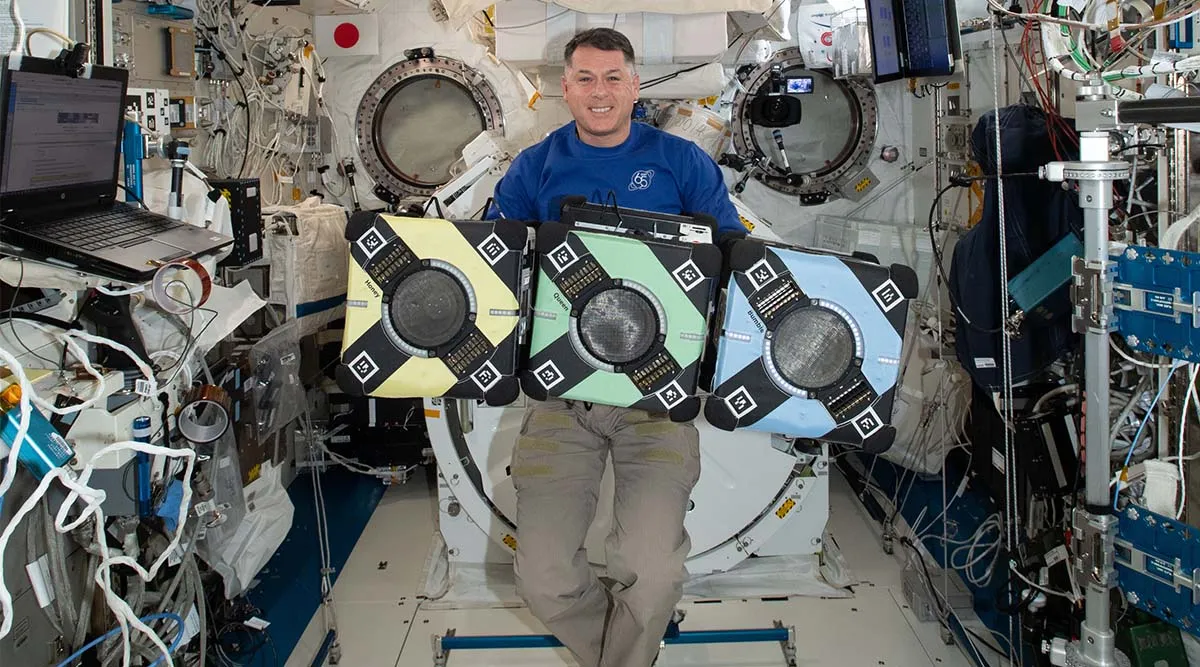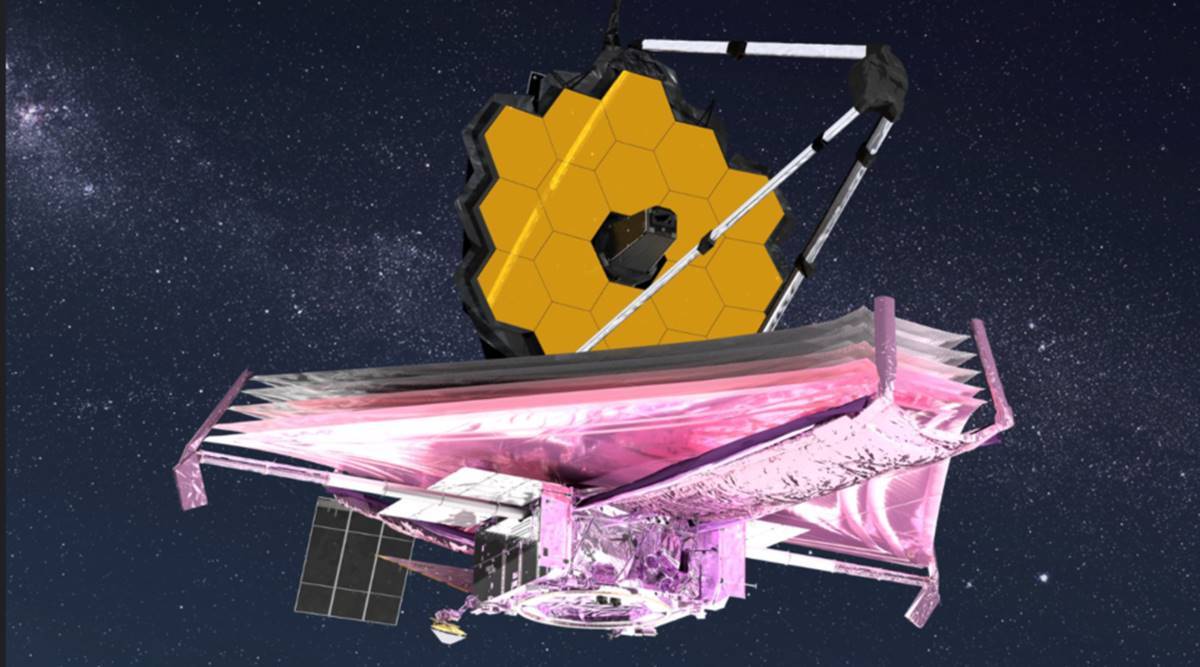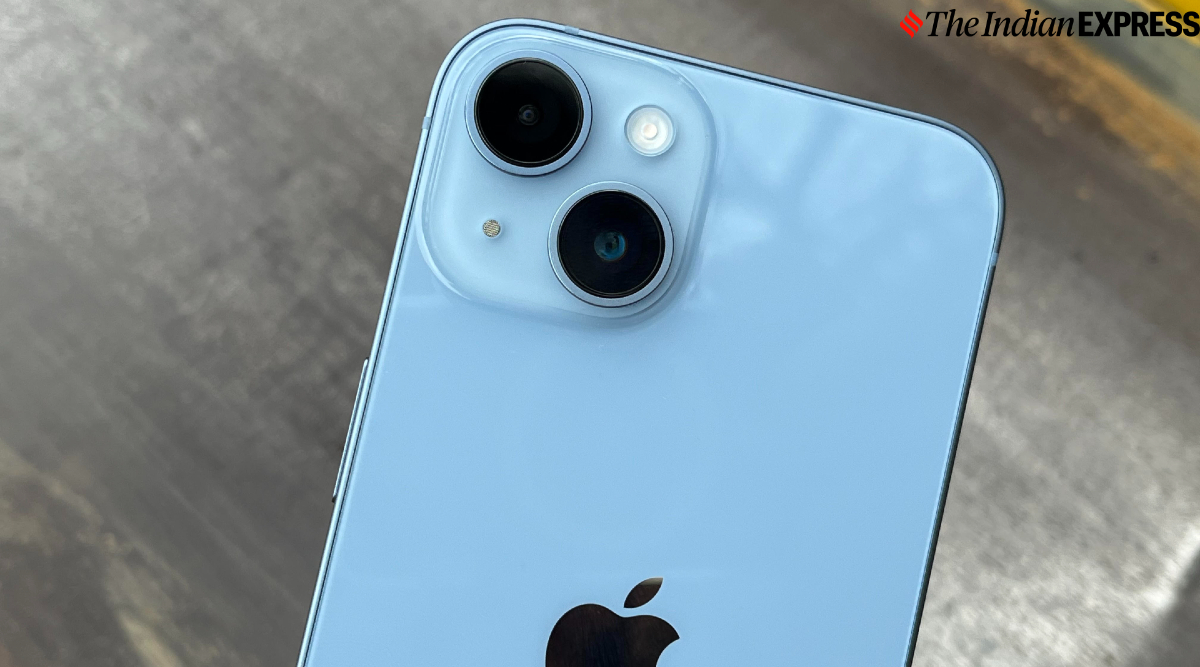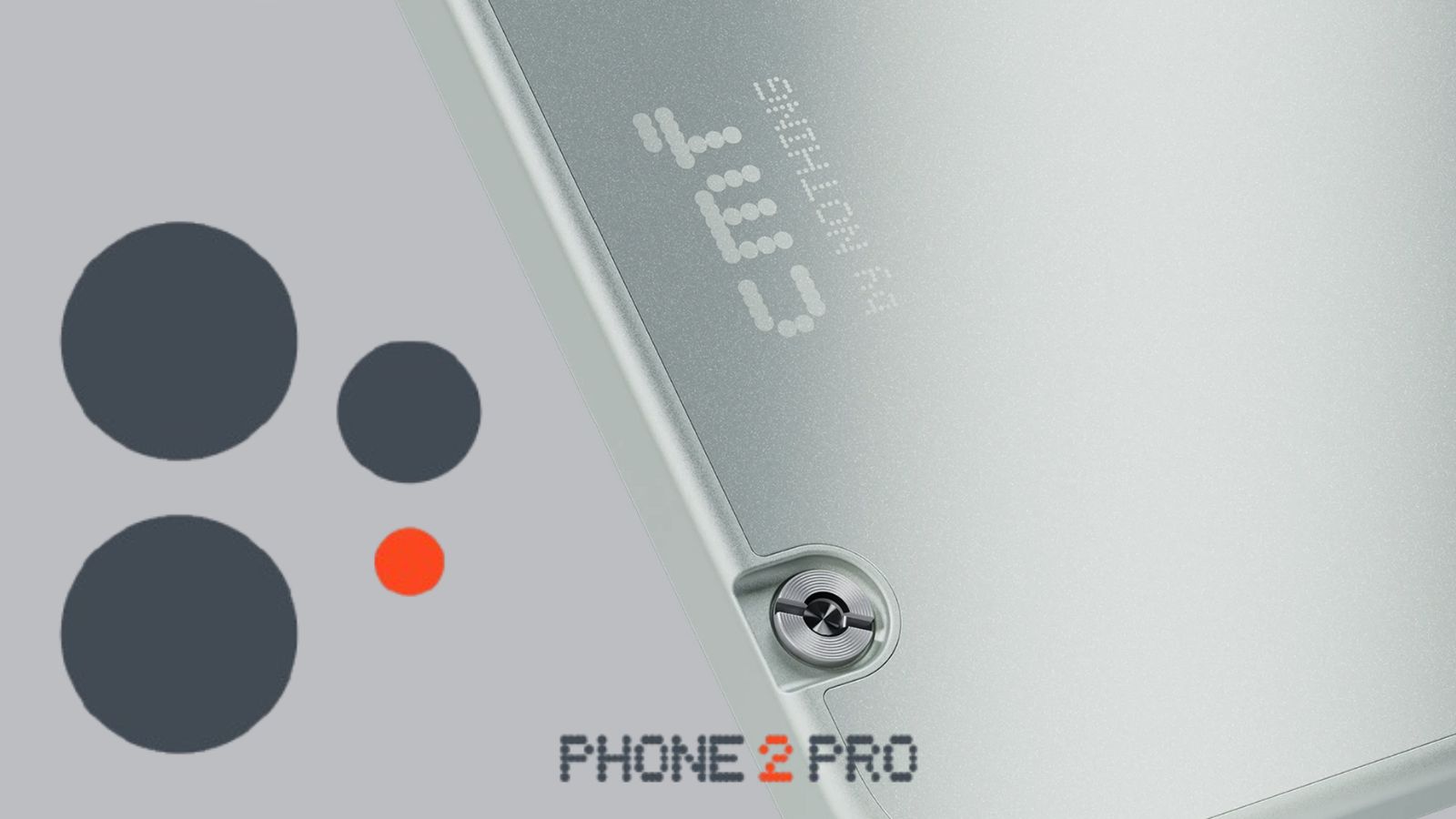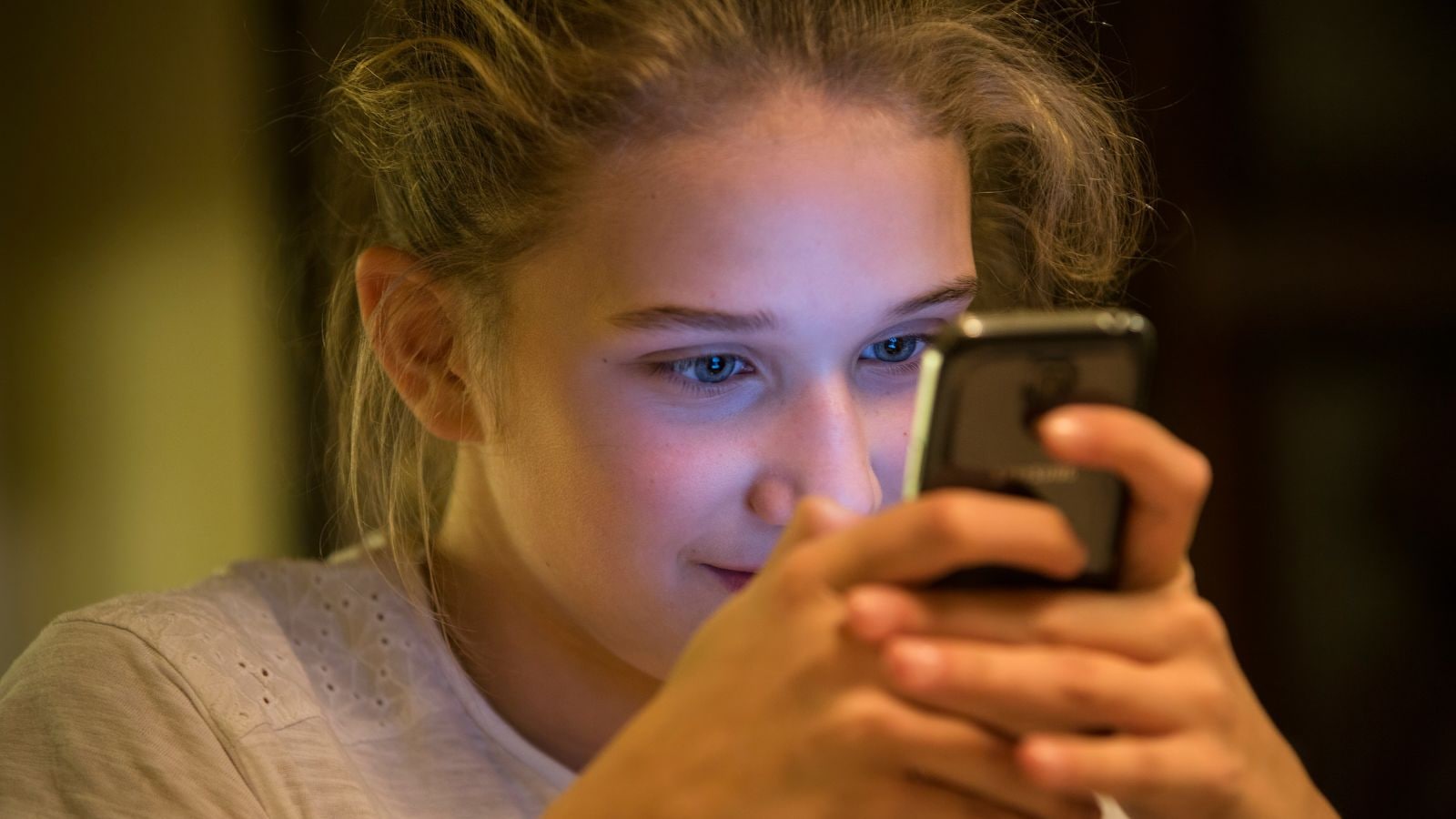Humans are not alone on the International Space Station. For a while now, cube-shaped free-flying robots called Astrobees have helped astronauts with their tasks on board. Now, for the first time ever, two Astrobees have begun working independently, side by side with humans.
In the past, Astrobees have operated one at a time or have needed hands-on support from human operators to continue functioning. But in the latest video released by NASA, two Astrobees named Queen (foreground) and Bumble (background) can be seen working independently alongside astronauts Raja Chari (nearest to the camera) and Matthias Maurer (farthest from the camera).
For the first time, the Astrobee robo-assistants aboard the @Space_station are working independently beside their human counterparts! The robots are an important component to @NASA’s mission, helping manage routine tasks and free up time for the crew. https://t.co/lQFce0QSH9 pic.twitter.com/POHFO4QXhK
— ISS Research (@ISS_Research) July 22, 2022
The Astrobee system consists of three cube-shaped robots, some software and a docking charging station used for recharging. They are about 32 centimetres wide. The three robots propel themselves using electric fans that allow them to fly through the microgravity environment of the International Space Station.
They “look around” and navigate their surroundings using cameras and sensors. All of the robots are equipped with a perching arm that allows them to grasp handrails to either conserve energy or grab and hold items. When they are running low on charge, they can automatically return to their docking station to begin recharging.
The Astrobee robots are built on the knowledge acquired from operating SPHERES (Synchronised Position Hold, Engage, Reorient, Experimental Satellite) robots which have been operating on the International Space Station for over a decade. Once fully commissioned, the Astrobee system will take over for SPHERES as the space station’s robotic test facility.
In the latest development, Bumble tested its navigation ability in the Harmony module and gathered new station mapping data while Queen captured its first 360-degree panoramic image of the interior of the orbital laboratory.
The mapping and imaging experiments conducted by Astrobee are part of the Integrated System for Autonomous and Adaptive Caretaking (ISAAC) project, managed at NASA’s Ames Research Center.
As part of ISAAC, project scientists have been teaching Astrobees to autonomously support spacecraft monitoring, maintenance and other tasks. Apart from making space missions safer and more cost-effective, Astrobees could manage routine chores that would free up human operators for more complex work.
Even more importantly, Astrobees could be instrumental in future space crafts that won’t be crewed year-round, like the Gateway space station. These will need autonomous robots to keep things runnings while humans are away.
!function(f,b,e,v,n,t,s)
{if(f.fbq)return;n=f.fbq=function(){n.callMethod?
n.callMethod.apply(n,arguments):n.queue.push(arguments)};
if(!f._fbq)f._fbq=n;n.push=n;n.loaded=!0;n.version=’2.0′;
n.queue=[];t=b.createElement(e);t.async=!0;
t.src=v;s=b.getElementsByTagName(e)[0];
s.parentNode.insertBefore(t,s)}(window, document,’script’,
‘https://connect.facebook.net/en_US/fbevents.js’);
fbq(‘init’, ‘444470064056909’);
fbq(‘track’, ‘PageView’);


